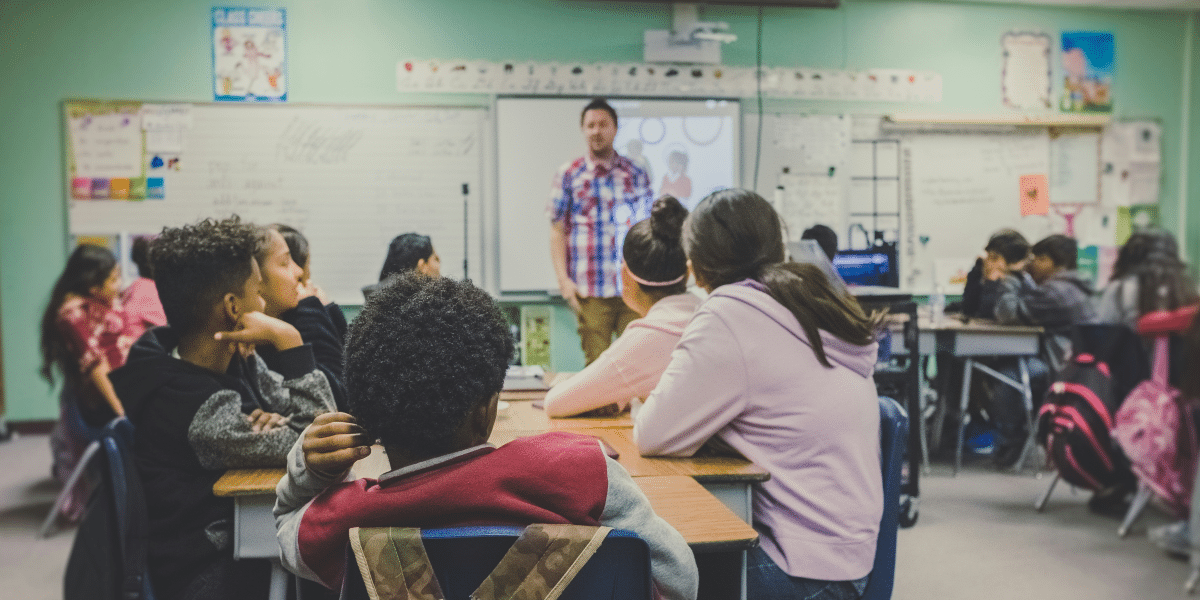Introduction
In Singapore, math education has long been a cornerstone of academic excellence, reflecting the nation’s commitment to nurturing strong analytical and problem-solving skills. This article explores how innovative teaching methods are reshaping math education in Singapore, offering a fresh perspective on how these approaches enhance learning outcomes. As one delves into these methods, it’s essential to understand the foundation of Singapore mathematics, which has set a high standard for educational practices globally.
Current Challenges in Math Education
Despite its successes, Singapore’s math education system faces challenges. Traditional teaching methods, while foundational, can sometimes fall short of addressing modern students’ needs. Students often struggle with engagement and motivation, and there’s a notable gap between rote learning and deep conceptual understanding.
The Need for Innovation
To address these challenges, there’s a growing need for innovative teaching methods. Embracing new strategies can better cater to diverse learning styles, enhance student engagement, and foster a deeper understanding of mathematical concepts.
Innovative Teaching Methods
Technology-Enhanced Learning
- Educational Apps and Software: Tools like GeoGebra and Desmos are revolutionizing math education. These applications provide interactive and visual learning experiences, offering instant feedback that helps students grasp complex concepts more easily.
- Gamification: Integrating game elements into math learning has been effective in boosting engagement. Gamified lessons make learning fun and competitive, encouraging students to actively participate and apply their knowledge in a dynamic way.
- Virtual Reality (VR) and Augmented Reality (AR): VR and AR technologies bring math to life by creating immersive learning environments. For example, VR can simulate geometric shapes in 3D, while AR can overlay mathematical concepts onto real-world objects. Schools in Singapore have begun experimenting with these technologies, showing promising results in enhancing students’ spatial reasoning and problem-solving skills.
Inquiry-Based Learning
- Concept and Principles: Inquiry-based learning emphasizes exploration and investigation. Students learn by posing questions, conducting experiments, and drawing conclusions, which fosters critical thinking and a deeper understanding of math concepts.
- Implementing Projects: Inquiry-based projects, such as solving real-world problems or conducting mathematical investigations, have been successful in Singaporean classrooms. These projects encourage students to apply their knowledge in meaningful ways, improving their problem-solving abilities and engagement.
Flipped Classroom Model
- Overview: The flipped classroom model inverts traditional teaching. Students first learn new content at home through videos or readings and then engage in hands-on activities during class time.
- Benefits: This approach allows for increased classroom interaction and more time for practical application. Singaporean educators using this model report higher levels of student participation and a better grasp of mathematical concepts.
Collaborative Learning
- Group Work and Peer Teaching: Collaborative learning involves students working together in groups or pairs, sharing ideas, and teaching each other. This method enhances communication skills and allows for diverse perspectives on problem-solving.
- Successful Projects: Collaborative projects in Singaporean schools have shown that peer teaching and group activities can significantly enhance understanding and foster a supportive learning environment.
Differentiated Instruction
- Understanding and Strategies: Differentiated instruction involves tailoring lessons to meet diverse students’ needs. Teachers use various strategies, such as tiered assignments and flexible grouping, to accommodate different learning styles and abilities.
- Customizing Lessons: Examples from Singapore demonstrate that differentiated tasks can address individual learning gaps and improve overall student achievement.
Evidence of Effectiveness
These innovative methods have led to improved learning outcomes. Feedback from educators and students highlights increased engagement, better understanding of mathematical concepts, and higher academic performance. Success stories from Singaporean schools further validate the effectiveness of these approaches.
Challenges and Considerations
Implementing innovative methods can face hurdles such as technological limitations, financial constraints, and the need for educator training. Balancing innovation with national curriculum standards is also crucial to ensuring alignment with educational goals.
Conclusion
Innovative teaching methods are transforming math education in Singapore, offering new ways to enhance learning outcomes. Looking to the future, embracing these trends and adapting them to meet evolving educational needs will be key to continuing this progress. Educators are encouraged to explore and implement these methods, fostering a more engaging and effective learning environment for students.
Published By: Aize Perez


















